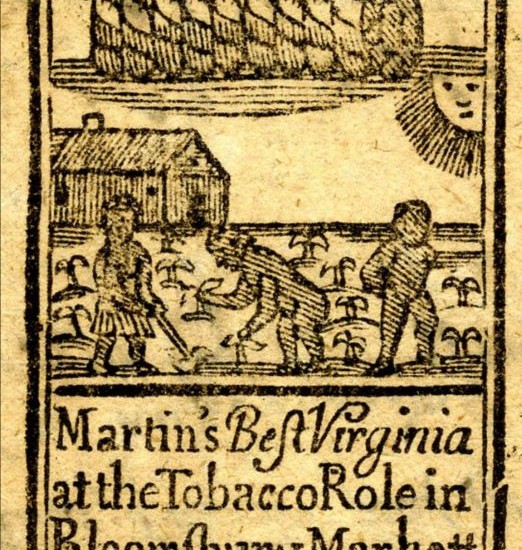
This Bible was used by British missionaries in the 1800s to convert and educate slaves. The holy text has been edited to delete any portion of text that might inspire rebellion or liberation.
Anthony Schmidt, associate curator of Bible and Religion in America at the Museum of the Bible kin Washington DC , says the first instance of this abridged version titled, Parts of the Holy Bible, selected for the use of the Negro Slaves, in the British West-India Islands, was published in 1807.
As people come from a multitude of backgrounds, Anthony Schmidt of the Museum of the Bible says how they encounter the Bible can vary greatly from person to person.Elizabeth Baker/NPR
“About 90 percent of the Old Testament is missing [and] 50 percent of the New Testament is missing,” Schmidt says. “Put in another way, there are 1,189 chapters in a standard protestant Bible. This Bible contains only 232.”
Schmidt says passages that could have prompted rebellion were removed, for example:
“There is neither Jew nor Greek, there is neither bond nor free, there is neither male nor female: for ye are all one in Christ Jesus.” Galatians 3:28
And verses that reinforced the institution of slavery, including “the most famous pro-slavery verse that many pro-slavery people would have cited,” says Schmidt, were kept.
“Servants, be obedient to them that are your masters according to the flesh, with fear and trembling, in singleness of your heart, as unto Christ.” Ephesians 6:5

Anthony Schmidt, associate curator of Bible and Religion in America at the museum, says the first instance of the abridged version of the Bible titled, Parts of the Holy Bible, selected for the use of the Negro Slaves, in the British West-India Islands, was published in 1807.Museum of the Bible

N
New Museum Invites Visitors To ‘Engage’ With The Bible
“It was intended for use among enslaved Africans in the British West Indies, which is modern day Caribbeans, so Jamaica, Barbados, Antigua,” he says.
Schmidt says there are several theories behind the editing and omitting of so much of the standard Bible, but the main thought stems from the fact that farmers in the West Indies were opposed to missionaries worked with the enslaved Africans on their land.
“This can be seen as an attempt to appease the planter class saying, ‘Look, we’re coming here. We want to help uplift materially these Africans here but we’re not going to be teaching them anything that could incite rebellion.’ ” Schmidt says. “Coming in and being able to educate African slaves would prepare them one day for freedom, but at the same time would not cause them to seek it more aggressively.”
The Bible is on loan from Fisk University in Nashville, Tenn., and has been in the museum since it opened in November 2017. The university says only three copies of this Bible are known to exist, and that the one on display in Washington is the only copy in the U.S.
Schmidt says the museum decided to create the exhibit, “The Slave Bible: Let the Story Be Told,” because of the attention visitors were already giving it the artifact.
“From the very beginning people have been shocked to see it,” Schmidt says. “It’s drawn a lot of interest. In fact, of all the items we have on display here it’s probably been the most talked about among our guests.”
While the exhibit tells the story of what’s inside the Bible, it also gives people a chance to reflect and respond to the material.
“One of the points of the exhibit is that time and place really shape how people encounter the Bible,” Schmidt says. “What I mean by that is people don’t look at the Bible or approach the Bible or read the Bible in a vacuum. They’re shaped by their social and economic context.”

NPR’s Robert Baldwin III and Elizabeth Baker produced and edited the audio for this story. Wynne Davis adapted it for digital.